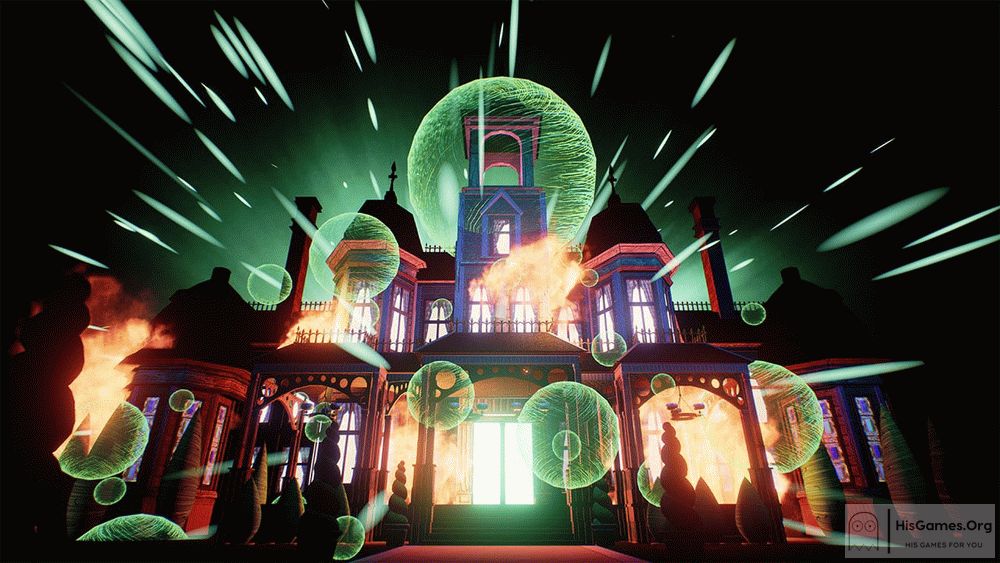
Emanuela Sibilia for a scintillting pictorial essay intimating the Adhyatmika framework which governed the peoples' lives of 3rd millennium BCE.

I had complimented Massimo Vidale and Dr. See: Lady of the spiked throne (Massimo Vidale 2011). These indicators of respect for women are a continuum in Vedic and Hindu traditions. Facets of the civilization in relation to culture, religion and temple in Sarasvati civilization have been presented in: These facets are complemented by the veneration of 'mother divinities': Mehrgarh: Terracotta figurines from Fourth period (period VII, courtesy: Jarrige) Mohenjo-daro bronze figurine of a lady holding a deepam. Ganesha signifies tri-dhAtu and Kubera signifies wealth in the early phases of the Bronze Age Revolution exemplified by Indus Script Corpora as metalwork catalogues, artefacts of Sarasvati-Sindhu civilization from 8th millennium BCE and the metaphors of chandas in vedic texts resonant with knowledge systems. Benzaiten also known as Benten-sama (Hindu equivalent: Sarasvati), is seen in association with Kangiten (Ganesha) and Bishamonten (Kubera). It is a stunning, awe-inspiring cultural syncretism that Benzaiten of China-Japan is a synonym of Vedic Sarasvati and has ALL the attributes of Sarasvati defined in an ancient text, Rigveda.

Veda is the quintessence of ज्ञानम्, an unceasing inquiry, a process of knowing cosmic and consciousness phenomena - manifest, unmanifest, being and becoming. This phenomenon is a tribute to ज्ञानम्, 'knowledge system' held in high esteem in the pilgrimage of civilizations. A breath-taking phenomenon unparalleled in the story of human civilization is the veneration of Benzaiten as Sarasvati (Rigveda), Arədvī Sūrā Anāhitā (Avestan), spanning millennia and also a vast geographical space of Eurasia.


 0 kommentar(er)
0 kommentar(er)
